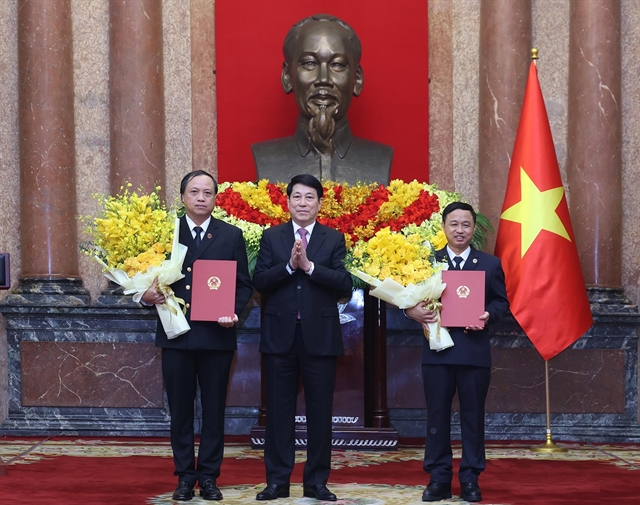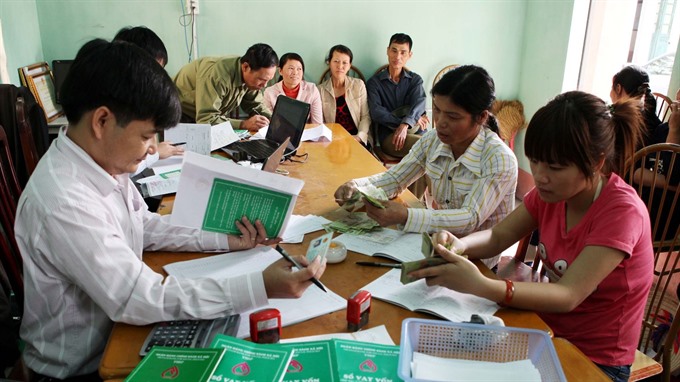 Society
Society

Although access to credit is seen as a key factor in ending poverty, just 29 per cent or so rural households have received loans, a new report says.
 |
| Although access to credit is seen as a key factor in ending poverty, just 29 per cent or so rural households have received loans, a new report says.– Photo giaoducthoidai.vn |
HÀ NỘI – Although access to credit is seen as a key factor in ending poverty, just 29 per cent or so rural households have received loans, a new report says.
Released on Tuesday, the report, titled “Characteristics of the Vietnamese rural economy: Evidence from a 2016 rural household survey in 12 provinces of Việt Nam” was compiled by the Central Institute for Economic Management (CIEM), World Institute for Development Research under the United Nations University (UN-WIDER) and Institute of Labour Science and Social Affairs (ILSSA).
The report says that a survey of 2,669 families found improvement in rural households’ living conditions but a low percentage of access to credit.
Finn Tarp, director of UNU-WIDER, said that the report showed an increase in the poverty percentage under criteria developed by Ministry of Labour, Invalid and Social Affairs (MoLISA) for monitoring short-term poverty.
The report also found that gaps in education and healthcare among surveyed localities have been widening with the northern mountainous provinces of Lai Châu and Điên Biên still being left behind.
Poverty was significantly higher in areas populated by ethnic minority communities, it said.
The signs of improvement in living conditions seen in rural areas had to with improvement in toilets, waste management and the use of gas instead of firewood for cooking.
Tarp recommended that the country’s policymakers concentrate on narrowing existing gaps and addressing inequalities to make sure the vulnerable in society have the support they need to better their lives.
On the other hand, Thomas Markussen of Copenhagen University, representative of the land research group, appreciated Việt Nam’s efforts in improving the land tenure situation and accelerating investments.
He emphasised the positive correlation between good land management and investment choices, a decrease in the disadvantages women experience in land ownership. He also made the surprising statement that there was no indication of a relationship between poverty and landlessness.
Nguyễn Đình Cung, head of CIEM, pointed to the significance of individual business households in attracting investment.
In comparison to the 2014 report, households with business licenses increased by 29.5 per cent while household production decreased by 56.2 per cent. More than 58 per cent of land was used for rice plantation and the surveyed families typically sold 30 per cent of their rice yield, the survey found.
Feasible plans
The poorest and most vulnerable groups still found it very difficult to access credit, the report said, adding that there were noticeable differences among localities in this regard.
Only 768 households of the 2,669 surveyed had obtained loans, a little over 28 per cent. It also found that credit access of ethnic minority groups was increasing, while that of the second-tier wealthy group (classified on the basis of criteria set by the Labour Ministry) was decreasing.
Cung said that rural households had to take present feasible plans to access loans.
“Credit is not only an approach to eradicate poverty in the short term. It is the momentum for better production and specialisation in agriculture. Therefore, social organisations like the Women’s Union or Farmer’s Union should carefully study rural households’ demands and instruct them on efficient use of credit to end poverty and boost prosperity.
These organisations should also be a bridge connecting farmers with investors for better access to credit,” said Cung. – VNS


.jpg)

